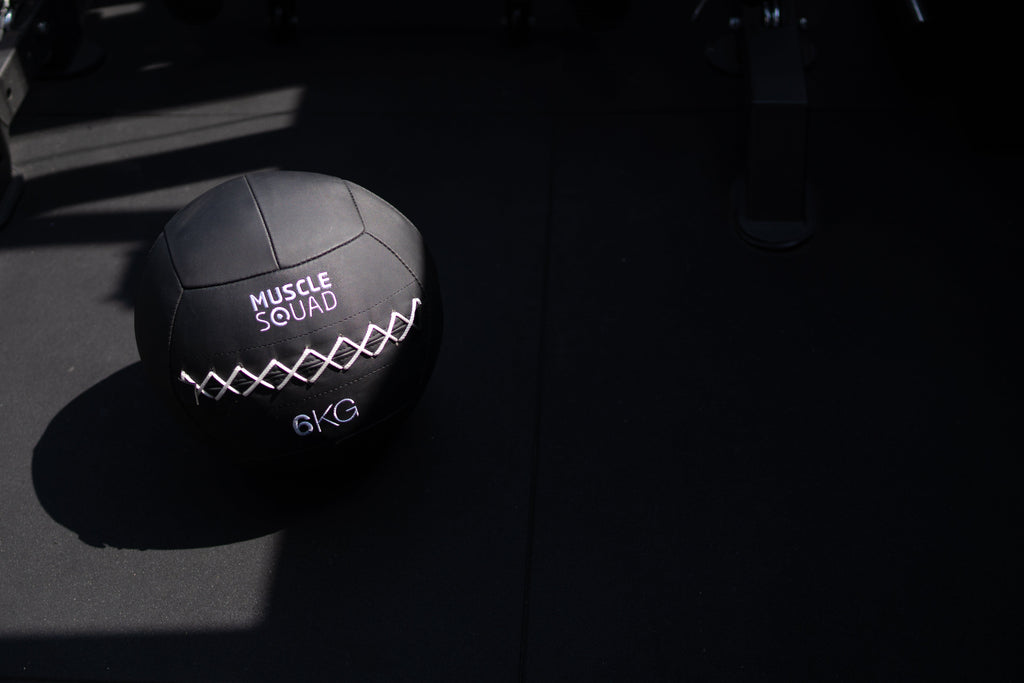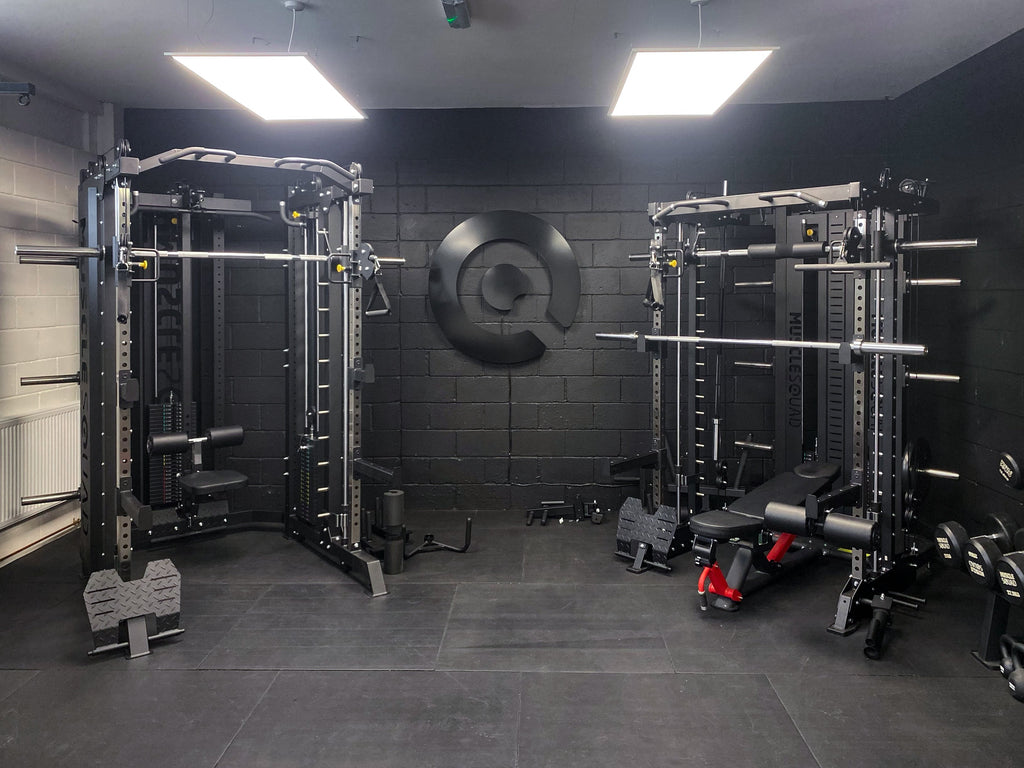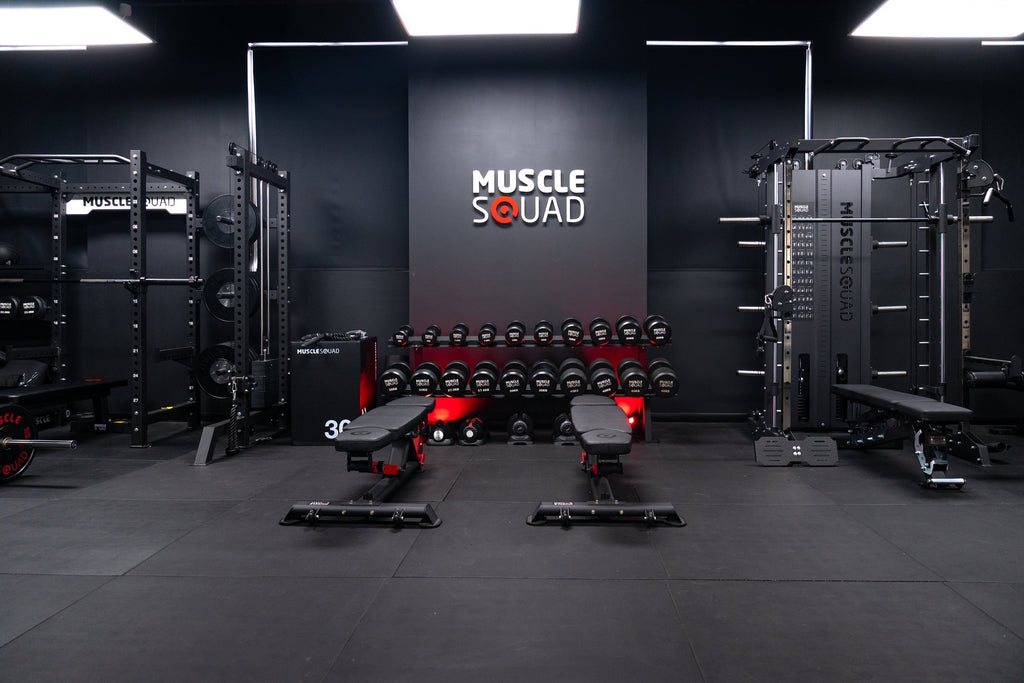Understanding cable ratios is essential before buying your own cable machine. It’s an important factor that’ll dictate how much weight you can access and how easily you can progress in weight for each movement.
In an ideal world, you’d have a weight stack that you’d never max out set in 1kg increments so that you can always advance your lifts. But in reality, you need to weigh up the pros and cons of 1:1 and 2:1 cable machines to decide which is right for you.
But first, what is a cable ratio?
We’ve written about this topic in more detail in our cable ratio explainer, but to give you a summary a machine’s cable ratio dictates how heavy its weight stack feels.
A 1:1 ratio means that selecting 40kg on the weight stack generates 40kg at the handle.
A 2:1 ratio means that selecting 40kg on the weight stack generates 20kg at the handle.
There are two main questions to ask yourself to decide which weight ratio you need.
How much max weight do I need?
Since a 1:1 machine allows you to access the weight stack in its entirety, it’s more suitable for people that need a significant amount of weight for movements like lat pulldowns and low rows. In these instances, a 1:1 machine shines by offering a whole load of weight to use.
Do I need smaller increment jumps?
Since a 2:1 machine halves the weight you’ve selected at the stack, it means that the jump between each plate is lighter. This is ideal for lighter lifts like lateral raises or bicep curls as it means you can advance your lifts in smaller increments. It’s worth noting, though, that we have a 2.5kg add-on increment plate for our popular Multi-Functional Trainer since it’s set on a 1:1 ratio.
With those questions to mull over, here’s the cable ratio of each of our cable-equipped products.







 Sep 02, 2024 - Cameron Brierley
Sep 02, 2024 - Cameron Brierley


Leave a comment: